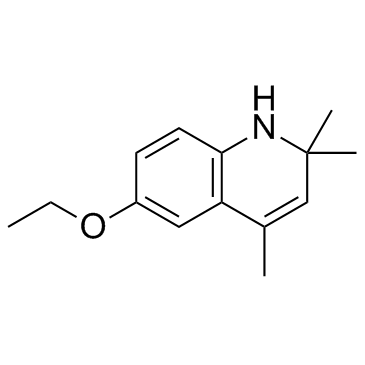| Structure | Name/CAS No. | Articles |
|---|---|---|
![n-tert-butyl-n-[(e)-phenylmethylene]amine oxide Structure](https://image.chemsrc.com/caspic/242/3376-24-7.png) |
n-tert-butyl-n-[(e)-phenylmethylene]amine oxide
CAS:3376-24-7 |
|
 |
Ethoxyquin
CAS:91-53-2 |